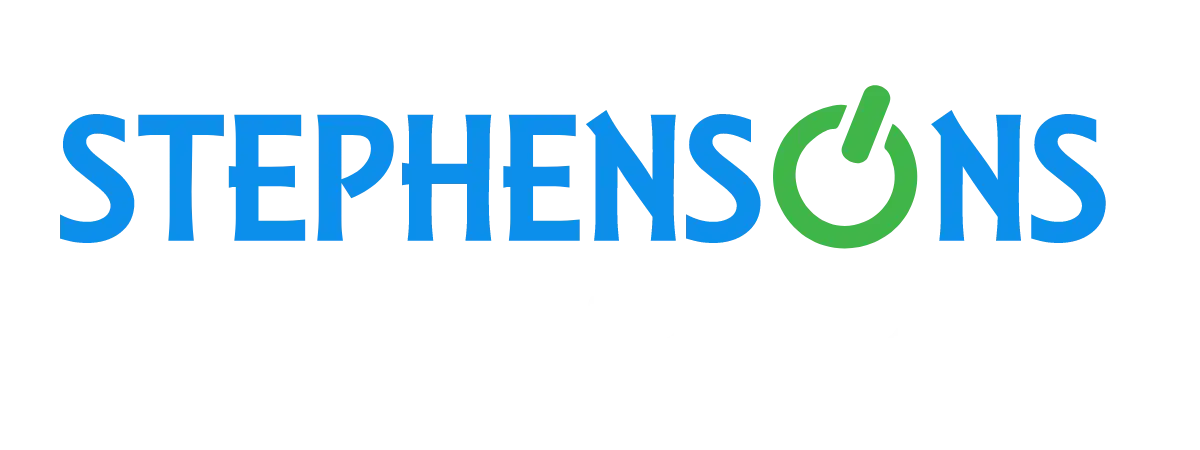Effective communication plays a pivotal role in the success of any organisation, and this is particularly true when it comes to the relationship between businesses and their IT support teams.
In today’s technology-driven world, where businesses heavily rely on IT infrastructure, establishing a strong and seamless communication channel is essential. However, miscommunication and a lack of understanding often plague this relationship, leading to delays, frustration, and suboptimal outcomes.
To address these challenges, this article aims to explore practical strategies and best practices for improving communication between businesses and their IT support teams. By fostering clear communication, mutual respect, and collaboration, organisations can enhance efficiency, resolve issues promptly, and drive innovation.
Establish a Culture of Collaboration
Effective communication starts with a culture of collaboration within the organisation. Encourage open dialogue and foster an environment where IT support teams and business stakeholders can interact freely. This can be achieved by:
a) Regular Meetings: Schedule regular meetings between IT support teams and key business stakeholders to discuss ongoing projects, challenges, and expectations. These meetings provide an opportunity to align goals, exchange feedback, and foster a sense of shared ownership.
b) Cross-Departmental Training: Encourage cross-departmental training and knowledge-sharing sessions. This helps business stakeholders gain a better understanding of IT processes and limitations, while IT support teams can familiarise themselves with business workflows and priorities.
c) Documentation and Knowledge Base: Establish a centralised documentation system or knowledge base that is accessible to both IT support teams and business stakeholders. This repository can serve as a reference point for common issues, FAQs, and troubleshooting guides, reducing the need for repetitive inquiries.
Develop Clear and Concise Communication Channels
Clear and concise communication is paramount for effective collaboration between businesses and IT support teams. Here are some strategies to enhance communication channels:
a) Use a Single Point of Contact: Designate a single point of contact within each department to communicate with the IT support team. This ensures a streamlined flow of information, reduces confusion, and minimises the chances of miscommunication.
b) Clearly Define Communication Protocols: Establish well-defined communication protocols that outline the preferred mode of communication (e.g. email, chat, phone) for different types of requests or issues. Provide guidelines regarding response times, escalation procedures, and the required information to be included in communication.
c) Implement Ticketing Systems: Utilise ticketing systems or helpdesk software to manage and track IT support requests. These systems provide transparency, enable issue prioritisation, and allow stakeholders to monitor the progress of their requests.
d) Avoid Technical Jargon: IT professionals often use technical jargon that may be unfamiliar to business stakeholders. Encourage IT support teams to communicate in clear, non-technical language when interacting with other departments. This fosters better comprehension and reduces misunderstandings.
Foster Active Listening and Empathy
Active listening and empathy are crucial skills for both IT support teams and business stakeholders. By cultivating these qualities, communication can become more meaningful and productive. Consider the following practices:
a) Empathy Training: Provide training sessions to IT support teams to enhance their empathy and customer service skills. This enables them to understand the challenges faced by business stakeholders and respond with compassion and patience.
b) Repeat and Confirm Understanding: Encourage both parties to summarise and confirm their understanding of the issue or request before proceeding. This helps identify any gaps or misunderstandings early on, preventing further complications.
c) Acknowledge and Appreciate: Recognise the efforts of IT support teams and express appreciation for their assistance. Similarly, business stakeholders should acknowledge the complexity of IT issues and the efforts made by IT support teams to resolve them.
Continuous Improvement and Feedback Mechanisms
To enhance communication between businesses and IT support teams, it is crucial to establish feedback mechanisms and strive for continuous improvement. Here are some strategies to facilitate this process:
a) Feedback Surveys: Regularly solicit feedback from both business stakeholders and IT support teams to identify areas for improvement. This can be done through surveys, suggestion boxes, or informal feedback sessions.
b) Post-Incident Reviews: Conduct post-incident reviews after major IT issues to identify root causes, assess communication gaps, and implement preventive measures. Involve all relevant stakeholders to gain a comprehensive understanding of the incident.
c) Learning and Development Opportunities: Encourage continuous learning and development opportunities for IT support teams to enhance their technical skills as well as their communication and customer service abilities.
d) Celebrate Successes: Celebrate successful collaborations and effective communication between businesses and IT support teams. This fosters a positive environment and encourages further cooperation.
Wrapping Up
Improving communication between businesses and their IT support teams is a critical step toward driving efficiency, resolving issues promptly, and achieving organisational goals. By fostering a culture of collaboration, establishing clear communication channels, practising active listening and empathy, and embracing continuous improvement, organisations can bridge the gap and create a stronger partnership between these two vital entities. If you’re looking for support with IT support Barnsley, we’ve got you covered.

